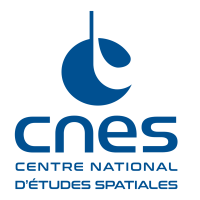Imaginé et conçu par le CNES, le programme SPOT a vu 7 satellites se succéder depuis 1986, offrant une vision de plus en plus précise de la Terre. Il a ouvert une pléiade d'applications : cartographie, suivi de la végétation, occupation des sols, impacts des catastrophes naturelles...
Informations essentielles
| Mission | Cartographie, modèle numérique de terrain, suivi de l'environnement |
|---|---|
| Domaine CNES | Observation |
| Date de début | 1er lancement le 22 février 1986 |
| Partenaires | Airbus Defence & Space |
| Lieu | Orbite quasi-polaire et héliosynchrone heure locale à l’équateur 10h30 sur l’orbite descendante à 830 km d'altitude |
| Durée | SPOT-1 : 17 ans, SPOT-2 : 19 ans, SPOT-3 : 3 ans, SPOT-4 : 15 ans, SPOT-5 : 13 ans, SPOT 6 : 10 ans, SPOT 7 : 10 ans |
| Statut du projet | En exploitation (SPOT-6, SPOT 7). Terminé (SPOT 1 à 5) |
Chiffres clés
-
7
satellites dans le programme
-
1,5
m : résolution spatiale en noir et blanc (SPOT-6 et SPOT-7)
-
6
m : résolution spatiale en couleurs (SPOT-6 et SPOT-7)
-
2
à 4 instruments à bord selon les satellites
Dates clés
- 30 juin 2014 : Lancement du satellite SPOT-7 par PSLV
- 9 septembre 2012 : Lancement du satellite SPOT-6 par PSLV
- 3 mai 2002 : Lancement du satellite SPOT-5 par Ariane 4
- 23 mars 1998 : Lancement du satellite SPOT-4 par Ariane 4
- 26 septembre 1993 : Lancement du satellite SPOT-3 par Ariane 4
- 22 janvier 1990 : Lancement du satellite SPOT-2 par Ariane 4
- 22 février 1986 : Lancement du satellite SPOT-1 par Ariane 1
- Février 1978 : Début du programme SPOT
Le projet en bref
Décidé en 1977 par la France, SPOT est le premier programme européen dédié à l'observation de la Terre, d'où son nom : « Satellites Pour l’Observation de la Terre ». Entre 1986 et 2002, 5 satellites SPOT sont lancés depuis Kourou. Ils fournissent des images d'une qualité remarquable avec un excellent compromis entre la taille de la région photographiée (un carré de 60 km ou de 120 km de côté) et la résolution au sol (10 m de SPOT-1 à SPOT-4 puis 2,5 m pour SPOT-5).
Cette voie avait été ouverte en 1972 par les américains avec le lancement de Landsat-1. Mais nouveauté par rapport à Landsat : le CNES dote les satellites SPOT de miroirs orientables leur permettant de regarder à droite et à gauche de leur trace au sol, soit une bande au sol de 950 km de large, et de faire des observations sous des angles différents pour la réalisation de cartes en relief, notamment les modèles numériques de terrain.
En 1998, SPOT-4 embarque pour la première fois l'instrument VEGETATION qui offre une couverture journalière globale de la Terre avec une résolution de 1 km et permet de suivre le développement du couvert végétal. En 2002, le CNES équipe SPOT-5 d'un instrument permettant l'acquisition d’images stéréo en quasi-simultané auquel il associe un second instrument VEGETATION.
Si le CNES a clôturé ce programme avec la désorbitation de SPOT-5 en 2015, Airbus Defence & Space a poursuivi l'aventure avec SPOT-6 et SPOT-7 – lancés respectivement en 2012 et 2014 – permettant de mettre à profit les applications opérationnelles ouvertes par leurs prédécesseurs. Au CNES, le programme SPOT laisse une descendance remarquable avec les satellites Pléiades doté d'une résolution au sol de 70 cm et les satellites de surveillances militaires Hélios.
Rôle du CNES dans le projet
Le programme SPOT a été imaginé et conçu par le CNES.
Contacts CNES
Responsable thématique Biosphère Continentale du CNES
Philippe MAISONGRANDE
Courriel : philippe.maisongrande at cnes.fr





